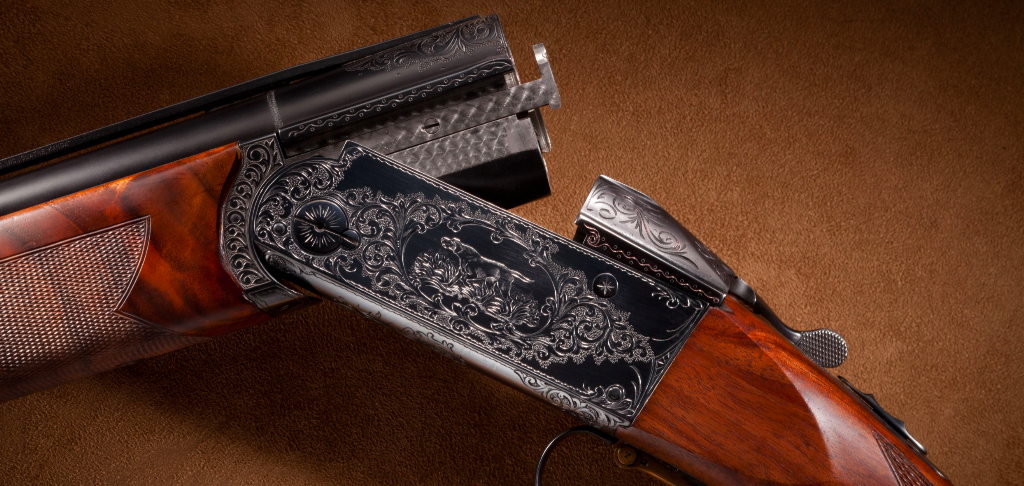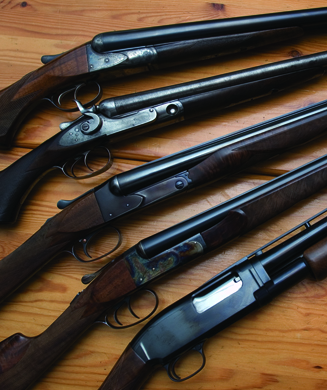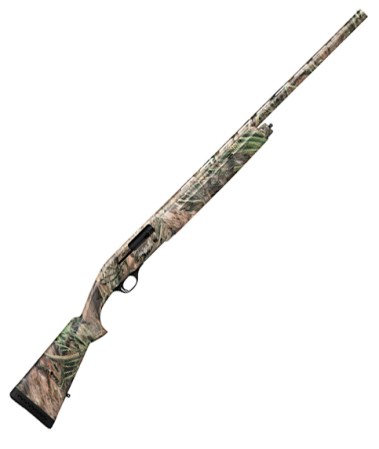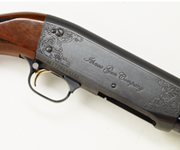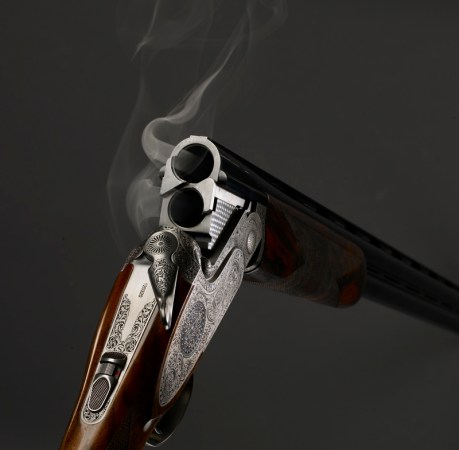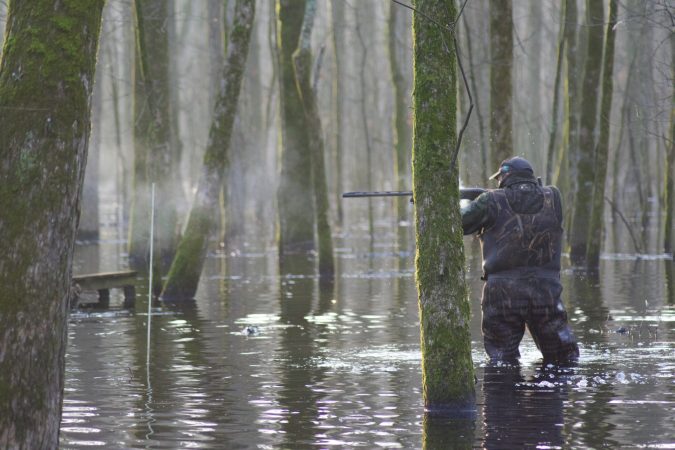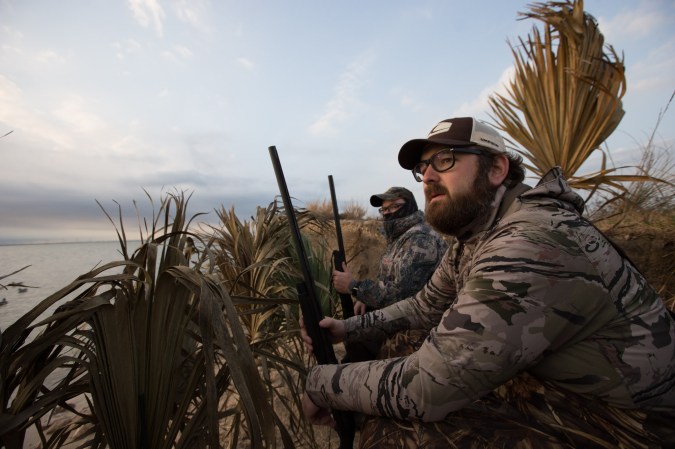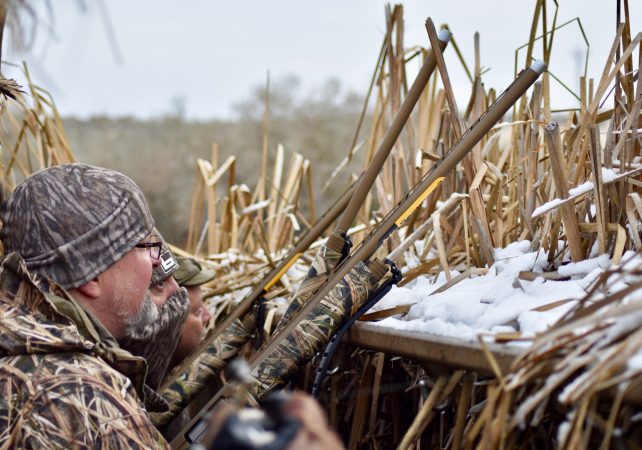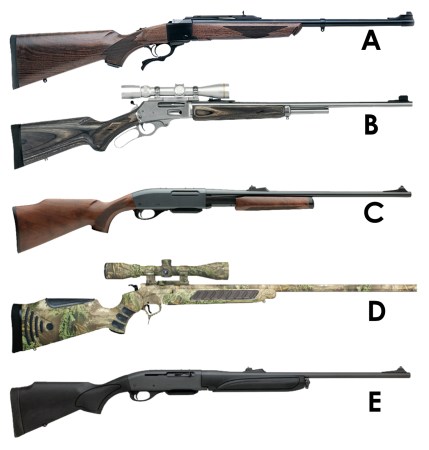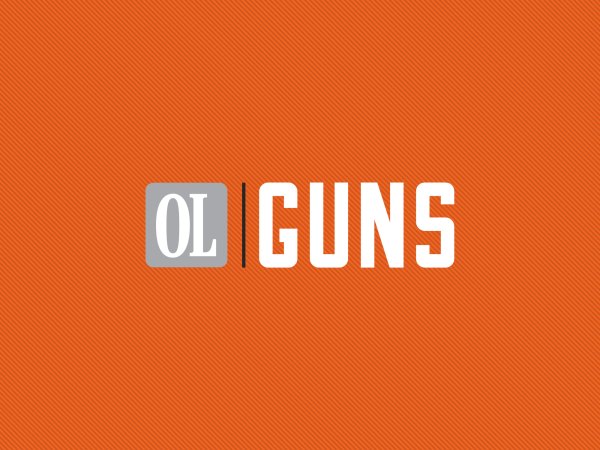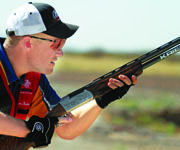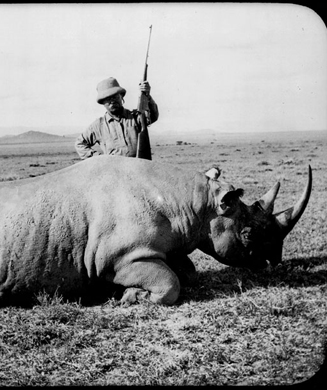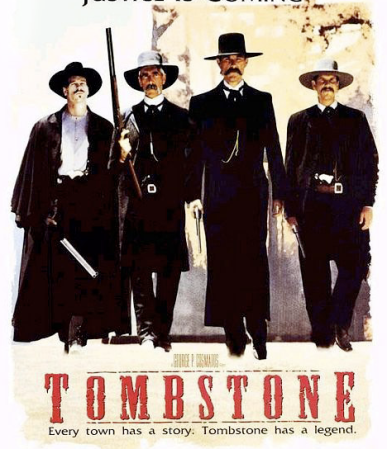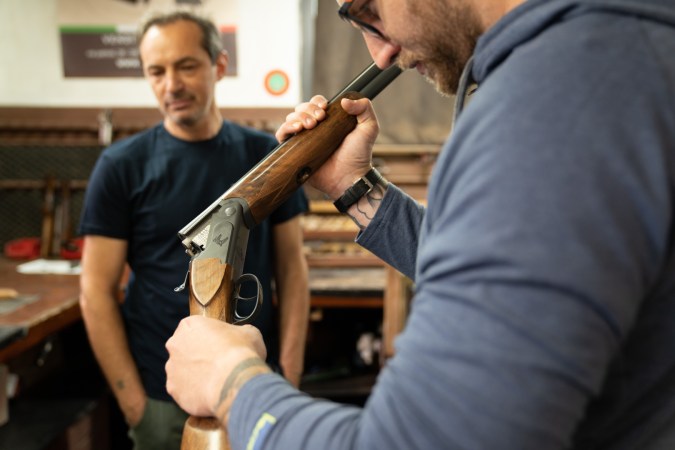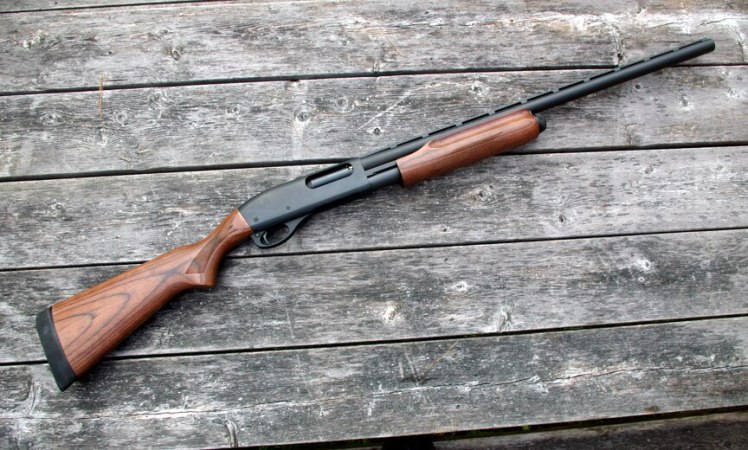We may earn revenue from the products available on this page and participate in affiliate programs. Learn More ›
In the late 1700s, brothers John and Joseph Manton established the standard for all custom shotgun makers to achieve. Joseph Manton had the gift for turning steel and wood into fine works of art that were also effective shotguns in the field. He taught the Purdeys, Holland and Holland, and other high-end manufacturers how to engineer bespoke shotguns.
Custom shotguns are still very much alive today, and carry a high price tag. Thankfully, old-fashioned entrepreneurship and ingenuity built the gun trade for the rest of us. Manufacturers like Remington, Browning, Winchester, Beretta, and Benelli have created affordable production shotguns that have stood the test of time, though some of their guns can be expensive, particularly Beretta’s.
Each of these brands has rolled out countless shotgun models over the last two centuries, all in pursuit of building a smoothbore the general public will buy in volume. It’s no easy task. So, I decided to pick the top shotgun each manufacturer ever produced. Here are the best production shotguns of all-time.
1. Remington Model 32
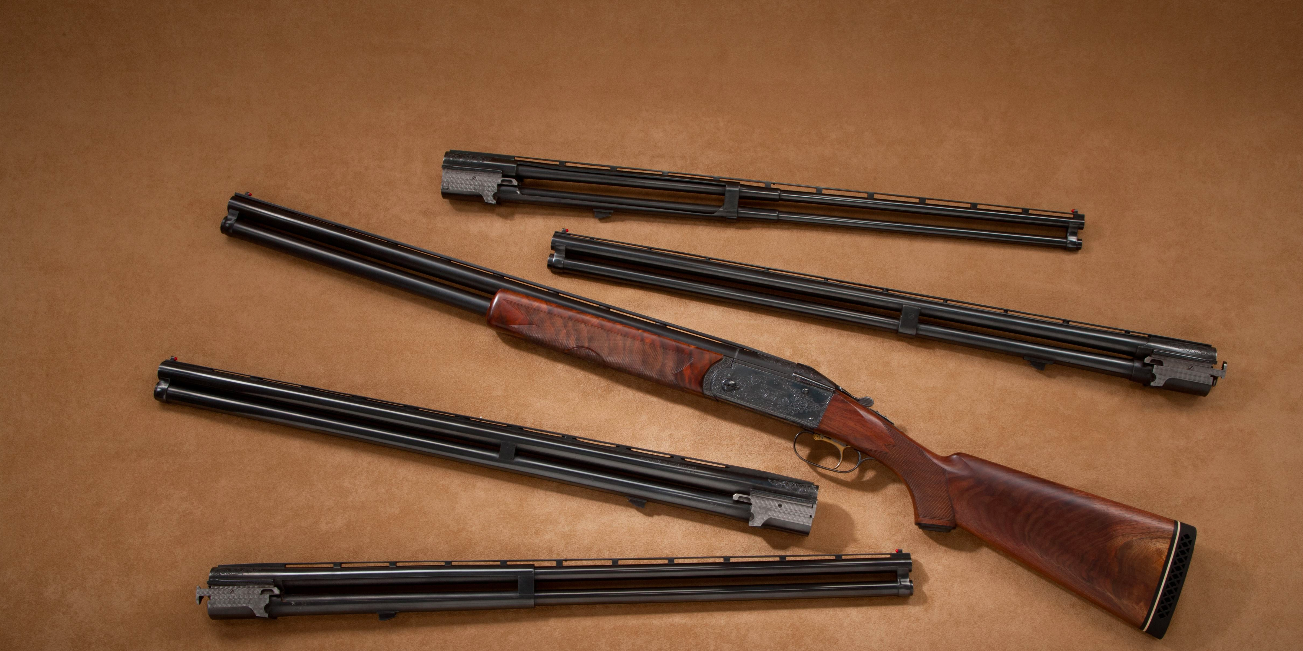
Iconic shotguns are part of Remington’s history. The 870 and 1100 were two of the most popular guns of any style ever built. But the best shotgun Remington ever made was the Model 32.
Remington didn’t break new ground in 1932 with this over/under shotgun, since the o/u had already been developed in Europe. What designer C.C. Loomis did do was create a quality American-born over/under. Produced with a very strong boxlock type action, the 32 sports a metal sliding hood covering the locking lugs on both sides. Another unique component found in this gun was the front barrel mount. The lower tube slides into a mounted ring hanging from the upper tube. Separated barrels were standard, allowing for quicker cooling and trimming the overall weight of the gun.
The Remington 32 did make it into the field on occasion, but its home was on the skeet and trap ranges since it was primarily intended to crush clay targets. In all, seven variations in 12-gauge hit the market with a variety of rib options. Early models had double triggers, but were soon replaced by a single-selective trigger.
Production ceased during World War II, though a few more were made until 1947. Remington focused on its highly successful repeating shotguns after the war. They tried to reintroduce the gun in 1973 as the 3200 with a few minor changes. Sales started strong but slowly dwindled until, nine years later, the 3200 was discontinued. The gun lives on today as Krieghoff’s excellent K-32 after the firm bought the European rights in 1956.
2. Browning Superposed

John Moses Browning built his firearms design legacy on true innovation, most involving increased shell capacity—it’s what the American market craved at the turn of the 20th century. But Browning turned to simplicity for his final mark on gun history with the Browning Superposed.
Double guns still enjoyed a large U.S. following in the 1920s. Parker, A.H. Fox and L.C. Smith were respected and their guns where used in both the uplands and duck marshes by many hunters. The “single-sighting plane” of the repeater was popular with many shooters and Browning himself preferred it to the wider view offered by a side-by-side. So, he set out to create a superior design utilizing the single plane.
The Superposed (which literally means to place one thing on top of another) was the first American-designed over/under to hit store shelves. Fabrique Nationale in Herstal, Belgium, agreed to produce the Superposed so John Browning and his son Val left for Belgium in 1926 to finish the final design details together. Sadly, the great John Browning didn’t live to see his last gun produced. He died in 1926.
Val finished the gun but faced some challenges within the trigger system, the automatic ejectors, and the unique fore-end that allows you to remove the barrels with the fore-end still attached. The end result was a shotgun of great beauty paired with exceptional function. In 1931, the Superposed was ready for production in Grade I, Pigeon, Diana, and Midas. Each step up in grade received better wood and engraving than the previous model. Prices started at $108 and maxed out around $350—not exactly a gun for the everyman when you consider the average car price in 1930 was $600.
The 20-gauge version was introduced in 1949. The .410 and 28 joined the lineup a decade later in 1959. Other than a prototype, no 16-gauge Superposed model was ever offered in the original production runs. By 1977, manufacturing costs ultimately relegated the Superposed to Browning’s custom shop. The European Superposed is called the B-25 and you can still purchase it today through the John M. Browning Collection that also includes the newer B-15. Be advised that these are custom guns with high price tags. Browning offers the excellent Citori and Cynergy shotguns in different configurations to fill any shotgunner’s needs at much lower costs.
3. Winchester Model 21

Winchester built the Model 21 because of owner John Olin’s affinity for British-style doubles. He wanted his company to build one of comparable quality, which it did in the lovely and rugged Model 21.
The Model 21 is an extremely well-built shotgun. I’ve never heard of one “shooting loose” after excessive use. They were made to shoot enough rounds to last several lifetimes. The 21 receivers were not made of case-hardened steel, but used heat-treated chromoly steel forging. And they are longer than most double gun frames, adding strength by lengthening the underbolt holding the barrels to the action.
The 21 has chopper-lump or demi-bloc barrels using a single piece of steel for one complete barrel, making it super strong. The barrels are then braised together and when a shell detonates, the “bite” holding the shotgun shut pushes down on both barrel halves for extra support.
To market the gun in 1930, Winchester assembled shotguns from every major brand and put them to the test. They used overloaded proof shells, called “blue pills,” and fired them in every gun until they failed. No gun made it past load number 305 except the 21. The technicians kept firing until that 21 had held up under 2,000 rounds. The Winchester techs couldn’t believe the gun was still functioning and broke it down to have a look. Everything was still in working order. It was one tough gun.
The 21 was made in every popular gauge except 10, and in many grades and configurations. Regular production of the gun lasted until 1959, though you could still order one through the custom shop until 1982. They are widely available on the used market and you can even get a new one through Connecticut Shotgun Manufacturing Company, which now owns the design rights.
4. Beretta S Series
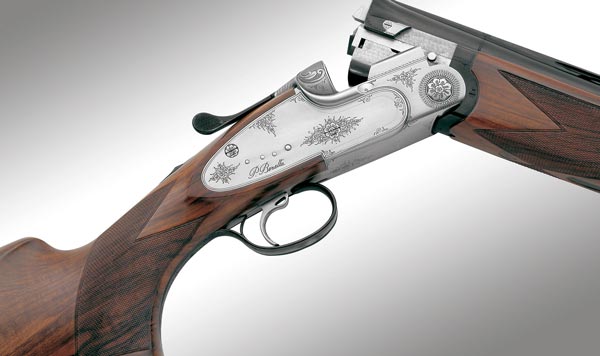
It’s hard to choose Beretta’s best gun, because the company has made so many great ones over the centuries. The 300 and 400 series designs changed people’s perspective of gas-operated shotguns, and several are worthy of inclusion. It’s the S series sidelock over/unders, however, that deserve the crown as the finest shotguns Beretta has offered to the world.
The early 1930s saw some of the best mass-produced shotguns designed and made for market. The S1 launched in 1933, and like Olin’s 21, the S series guns were built to compete against the finest shotguns British custom houses had to offer.
There are two primary double gun lock mechanisms: sidelock and boxlock. Both do the same thing; they transfer trigger pull, which discharges the loaded shell. Sidelocks are complicated to build but they have distinct advantages: They offer better gun handling dynamics, better trigger pulls, and more room for an engraver’s art.
Beretta guns have always been a favorite of the clay target crowd. The SO5 can claim five gold medals in five different Olympic games. The SO6 and SO10 guns are aimed more toward upland hunters who want only the very best in their hands at the flush.
The new SO Sparviere design is ultra-modern. All sidelocks are removable for repair, inspection, and cleaning but this gun takes that a step further. Both locks pop open but remain hinged and connected to the frame for easy access.
Read Next: The Affordable Side-by-Side Shotgun Is Making a Comeback with American Bird Hunters
5. Benelli H&K Super Black Eagle
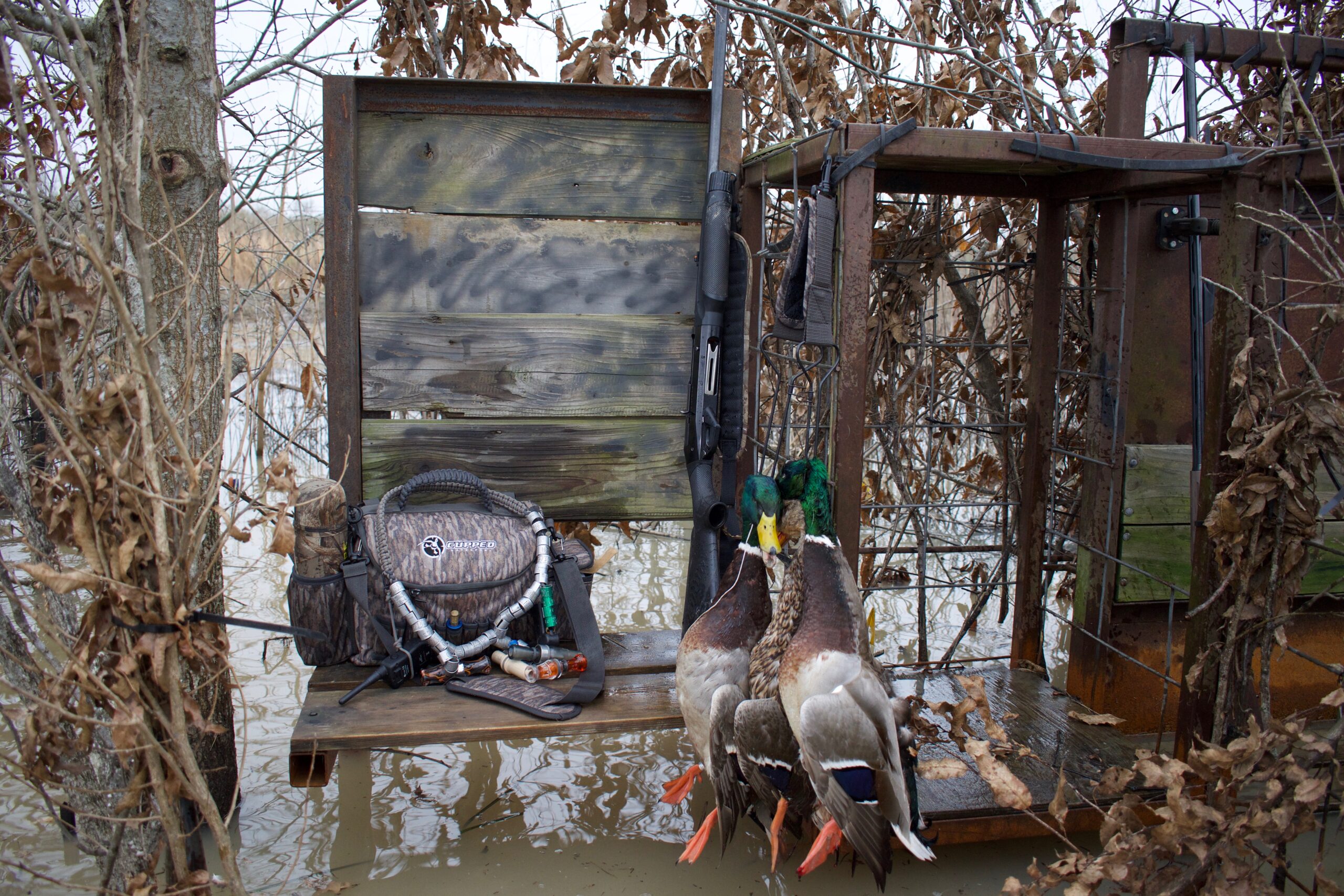
Benelli has carved out its niche in making inertia-driven shotguns—they do make an over/under and rifle as well—that are light, durable, reliable and affordable.
Its history harkens back to the 1990s when Heckler and Koch decided it wanted a piece of a growing shotgun market. It had made its mark in rifles and handguns and the next logical step was a quality scattergun. But they didn’t want to go to the time and expense of designing one themselves. Solution? Import someone else’s shotgun.
And that’s how American waterfowl hunters fell in love with the inertia-driven recoil system and the Super Black Eagle. Originally designed by Bruno Civolani, the inertia system is simple and able to withstand a lot of abuse and still function properly. Benelli made the SBE available in a 12-gauge 3.5-inch magnum, a critical decision that led to the success of the gun during the early days of steel waterfowl loads.
The 3.5-inch round wasn’t new, though. Federal and Mossberg had teamed up to build shells and guns to shoot them in 1988. Mossberg called its pump shogun the 835 Ulti-Mag, groundbreaking in its own right. Waterfowl hunters love pumps but, by the mid-1990s, the semi-auto was beginning to take over in the green timber, marshes, and fields. The Browning Auto-5 was still going strong but it was heavy and not very versatile. The A-5 and Remington’s popular 1100 were both magnum shotguns, so they didn’t shoot light skeet loads. Beretta was making headway with the 390, and the 302 and 303 before it, but didn’t have a gun for the big 3.5.
Thus, the Benelli SBE I took the waterfowl world by storm. They popped up overnight in blinds around the country, and everyone had to have one. They weren’t cheap by duck hunters’ standards. The basic black synthetic model sold for over $1,000. Browning had dropped the A-5 by then because production costs priced it out of the market. But Benelli built its own market and suddenly that much money seemed reasonable enough for a tough-as-nails shotgun.
Today, the SBE is going on its third generation and is as popular as ever. Benelli has made the gun even more durable with its new BE.S.T. coating, and there are performance shop models that are customized by Rob Roberts Gunworks for better patterns. Benelli also released the vaunted SBE III in a 3-inch model and a 20-gauge.

